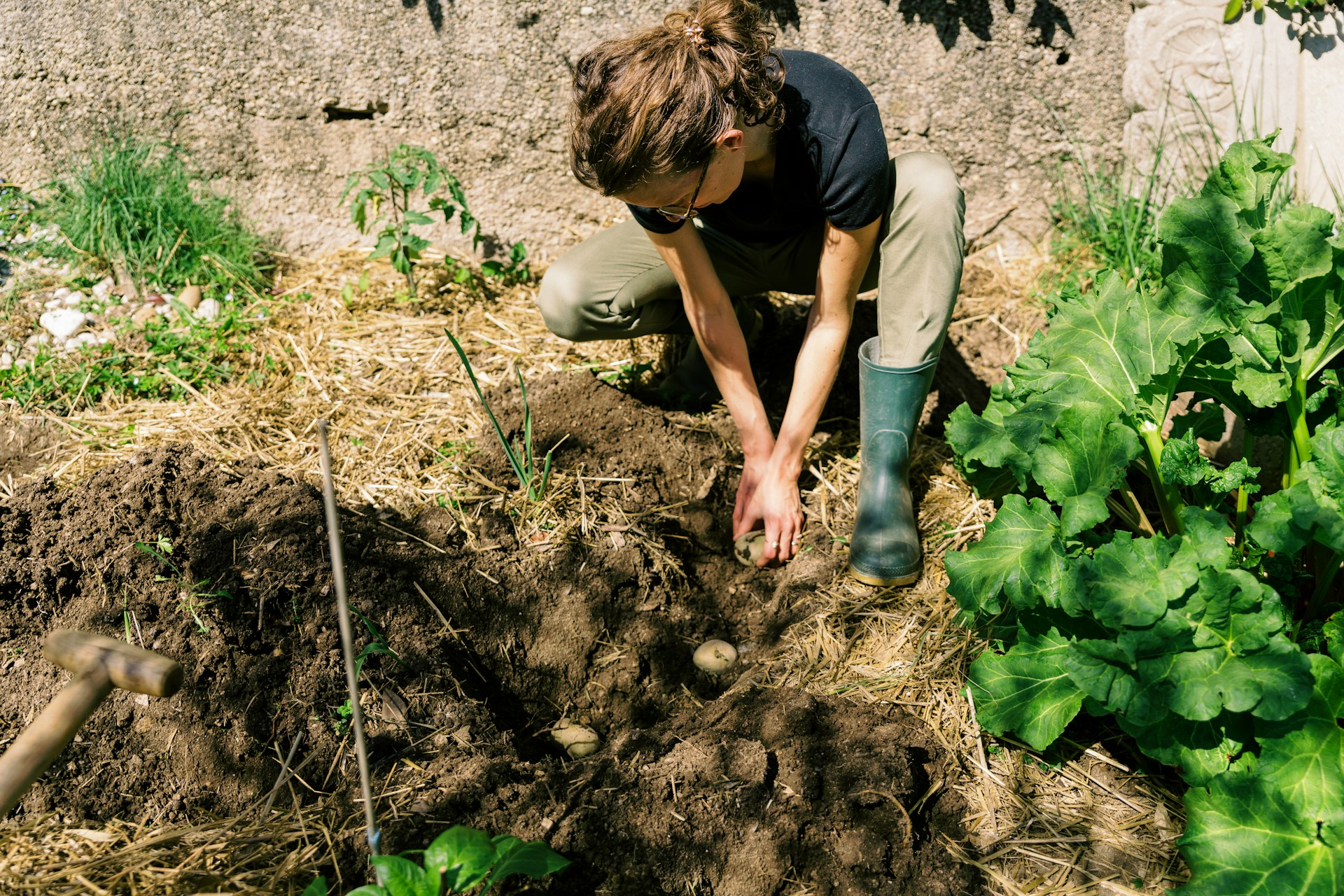Understanding geotechnical reports is crucial for any developer. These reports provide important details about the soil and ground conditions, which helps in planning and reducing project risks.
Geotechnical reports include data on soil type, soil strength, and groundwater levels. Knowing these details early saves time and money. It helps in deciding the type of foundation and other construction methods. Without proper geotechnical information, projects can face delays and extra costs.
Understanding Geotechnical Reports: Basics and Key Terms
Geotechnical reports give a detailed look at the soil and ground conditions of a construction site. Understanding a few key terms will help you read these reports more easily.
- Soil Composition: This tells you what the soil is made of. Common types include clay, sand, and silt. Each type has different properties and affects construction differently.
- Soil Strength: This measures how much weight the soil can hold. Stronger soil can support heavier structures without shifting.
- Groundwater Level: This is the depth at which soil is fully saturated with water. High groundwater can cause issues like flooding or weakening the soil.
- Bearing Capacity: This is the maximum load the soil can bear. It’s crucial to choose the right foundation type.
- Soil Permeability: This shows how easily water can pass through the soil. Poor permeability can lead to waterlogging, while high permeability may cause drainage issues.
Knowing these key terms helps one understand how suitable the soil is for building. Accurate geotechnical reports reduce construction risks and help one make informed decisions.
How to Read Soil Test Results: A Simple Guide
Soil test results are part of geotechnical reports and show you how the soil will behave under different conditions. Here’s a simple guide to reading these results:
- Look at Soil Type: First, check what types of soil are present. A mix of sand, clay, and silt can behave differently. Know what you’re dealing with.
- Check Soil Strength: Determine the soil’s load-bearing capacity. This will help you determine whether the soil can support your building’s weight.
- Review Moisture Content: Check the amount of water in the soil. High moisture can weaken the soil, making it less stable.
- Pay Attention to Density: The density of the soil tells you how compact it is. Denser soil is usually stronger and can bear more weight.
- Assess Permeability: Check how well the soil handles water. Good permeability ensures proper drainage, reducing the risk of water problems.
- Examine Soil Layers: Soil is often in layers, each with different properties. Know how deep each layer goes and what it consists of.
Following these steps helps you understand the soil’s characteristics and prepare for construction needs. Proper interpretation of soil test results avoids possible issues later on.
Important Factors Impacting Building Safety and Longevity
Building safety and the lifespan of a structure depend on several critical factors:
- Foundation Type: The foundation is the base of any building. The foundation type must match the soil’s bearing capacity. Weak foundations can lead to serious structural issues.
- Soil Stability: Stable soil prevents buildings from shifting or sinking. Unstable soil can cause cracks in walls and floors, posing safety risks.
- Water Drainage: Proper drainage keeps water from weakening the soil. Poor drainage may lead to soil erosion and damage to the building’s foundation.
- Compaction: Compacted soil provides a firm base. Poor compaction can cause instability, leading to structural problems.
- Seismic Activity: In earthquake-prone areas, it is crucial to know the soil’s response to seismic activity. Certain soil types can amplify ground movements, affecting building safety.
By considering these factors, developers can ensure their buildings stay safe and durable for many years.
Top Tips for Using Geotechnical Reports in Your Project Plan
Using geotechnical reports effectively can save time and money. Here are some top tips to incorporate these reports into your project planning:
- Plan Early: Get a geotechnical report before starting your project. This will help you understand the soil conditions and plan accordingly.
- Consult Experts: Work with geotechnical engineers to interpret the report. Their insights can help you make better decisions.
- Choose the Right Foundation: Use the report to select the best foundation type. This will ensure your building’s stability and safety.
- Budget for Soil Issues: Include potential soil stabilization costs in your budget. This avoids surprise expenses later.
- Monitor Construction: Keep an eye on soil conditions during construction. Make adjustments if needed to maintain safety and stability.
- Review Regularly: Periodically review soil conditions, especially if any changes occur. This helps in maintaining long-term building health.
Following these tips will help you use geotechnical reports effectively, ensuring well-planned and safer projects.
Conclusion
Understanding and using geotechnical reports is crucial for the success of any construction project. These reports provide essential details about soil conditions, ensuring that developers can make informed decisions. From selecting the right foundation to planning for soil stabilization, these reports play a key role in building safety and longevity.
Using geotechnical reports wisely reduces risks and enhances the stability of structures. It also helps in efficient project planning, saving time and resources. Regularly reviewing soil conditions and consulting with experts ensures that your building remains safe and sound.
Ready to make your next project safer and more efficient? Contact ProChemical Soil Stabilization today for expert advice and soil stabilization services. Let’s build a stable future together!

